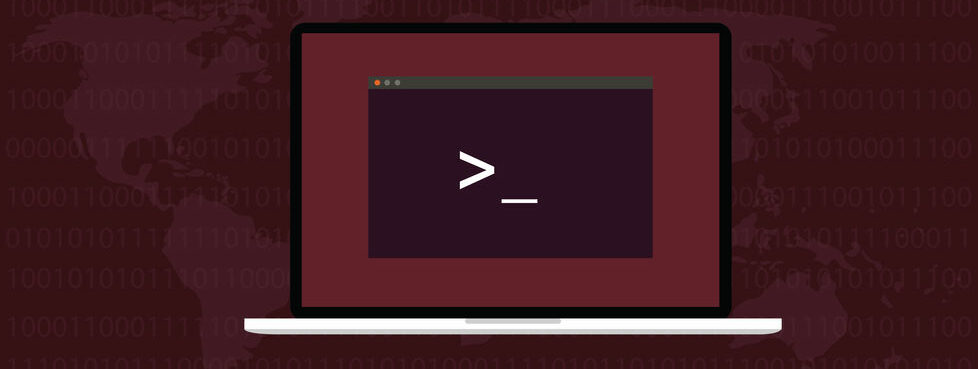Traceroute command explained
Traceroute is a built-in command with a command-line interface that you can use through the Terminal application. It serves as a diagnostic tool most commonly used to trace a route from the computer, sending the traceroute request to a hostname or IP address. It will send the query and get back a result, showing the query’s route and statistics about time and packets lost.
You can find Traceroute on Linux (almost all distros), macOS, Windows (there it is called tracert), and even Android (though you will need extra installation).
The software’s benefits are that it is free, easy to use, and serves well its purpose of tracing the route to a target.
How does traceroute work?
When you are using the traceroute, your device will send packets of data starting from your IP address, going through various hops, and reaching its target – hostname or IP address. The software will use packets with a short TTL (time to live) value and listen for the ICMP replays. The probes continue until a message “port unreachable (ICMP) or rest (TCP), which will indicate host.
As a result, you will see TTLs, addresses of the hops, and round time per probe, and extra data if you used some of the options.
If you need more detailed information about the Traceroute command we recommend you this article – Traceroute command and its options
Continue Reading “What is Traceroute command?”









